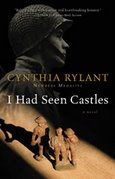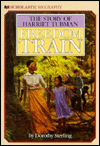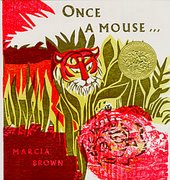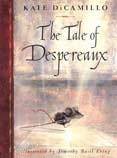by Lois Lowry
Utopia has been used as the basis of many books, “Far Pavilions”, “Lost Horizon”, and “1984” to name just a few. “The Giver” is set in yet another version of Utopia. What makes “he Giver” unique is that the main character is a child. Children are not usually the focus of such stories. However, Jonas, the main character, is placed under significant physical and emotional duress.
Jonas lives in an ordinary family unit consisting of a mother, father, and a younger sister. He has friends with whom he plays and has fun. Life appears completely normal as Jonas attends school, volunteers in his community, and discusses his day with his family over dinner.
Several countries follow the custom of assigning careers to children starting very young as child prodigies through about age thirteen. Age thirteen is considered as entering adulthood in several religions, too. Jonas and his twelve-year-old classmates were given career assignments during a ceremony attended by the entire community. Jonas’ life becomes unusual when he is chosen for a job that he, and only he, will have. Unlike his classmates, Jonas cannot discuss his new job with anyone.
Jonas learns to his dismay and eventually anger that he is to carry the memories for his community. This leaves the other members of his community free to live unburdened with emotions, unburdened with guilt.
The Giver and Jonas realize that the community has escaped emotional burdens but also lack a conscience. They release (kill) without a qualm. A plan is hatched to force the community to reclaim their collective conscience as Jonas flees the community leaving his newly gained memories behind for the community to grapple with.
I have read “The Giver” three times, and only during the third reading did I realize that the ability to see objects transform was integral to the plot. Jonas’ ability to envision metaphysical change was the conduit through which the Giver channeled memories. The image of intravenous feeding comes to mind, as the giving of memories seems to flow from the Giver to Jonas. I do wonder why Lois Lowry had Jonas lie on his stomach to receive the memories. I would have thought that the major arteries or veins in the neck or upper torso would have been more expedient conduits.
Lesson plans can be found at:
http://www.mce.k12tn.net/reading17/giver.htm
Wednesday, March 7, 2007
Subscribe to:
Post Comments (Atom)










































4 comments:
Perhaps Lois Lowry was taking a more child-like approach to the most direct way to your insides (to deliever the memories). The stomach is the way we normally get things into our bodies. I would think most kids think about things entering them through their mouths and stomachs.
What a hoot! "I would have thought that the major arteries or veins in the neck or upper torso would have been more expedient conduits." It was an unusual choice by the author! Your review made me laugh. I like your connections to the other Utopian books. I think The Giver is one of the more "pleasant" visions of the future, even though it, too, is vastly flawed.
I agree with the puzzle about Jonas receiving the Giver's memories while lying down. Perhaps the total vulnerability of a supine position as opposed to upright and positioned to physically react is a concept to consider. You hit the nail on the head when you mentioned that members of Jonas's community lived unburdened with guilt and emotions. But there is irony in that living that way is itself a burden. Could it be that our pleasurable emotions and feelings of power in our own personal victories far outweigh the negative emotions and hurtful memories?
You pose an interesting question about Jonas' body position. He was instructed to relax and most of relax lying on our stomach or back. Then, there is the posibility that the recieving of the memories is like a "mind" treatment. Jonas is lying down as one might lie on a therapist's couch. Who knows....intriguing.
Post a Comment